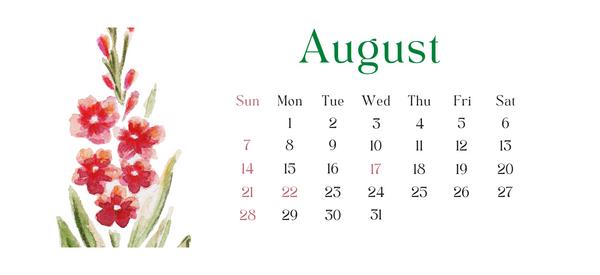
Foraging Calendar: What To Forage In August
When August rolls around we think of watching School buses rolling by and spending too much on school supplies. There are more ways to learn than in a classroom. In my opinion, the greatest is mother nature herself.
We’ve compiled a list of a few of our favorite foragables in your hardiness zone. So grab your hiking boots, a mesh bag, and let’s start class!
The USDA Hardiness Zone Map is an attempt to divide the country into zones that give us some idea of whether certain plants can be grown in any given area. The primary piece of data used to delineate the zones is the average annual winter temperature experienced in that area. This could just be a list of forageables but the temperature varies so much across the U.S.A. The Lost Herbs want this to be a list for every one of our readers no matter the zone you live in.
Sea buckthorn
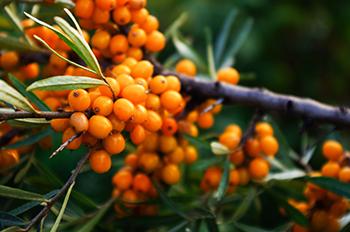 Sea buckthorn (Hippophae Rhamnoides) is a horny shrub, with leaves pale silvery-green, and lance-shaped. Sea buckthorn berries are dense orange a
Sea buckthorn (Hippophae Rhamnoides) is a horny shrub, with leaves pale silvery-green, and lance-shaped. Sea buckthorn berries are dense orange a
nd egg-shaped drupes along the stem. The leaves, flowers, seeds, and fruits are used as medicine. Sea Buckthorn grows in hardiness zone 3.
Rowan tree
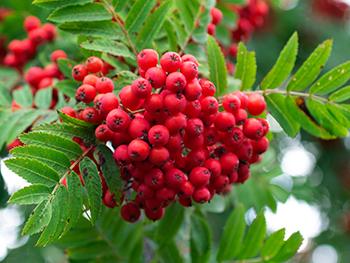 Rowan tree (Sorbus Aucuparia) are typically distinguishable by their pinnate green leaves, white flowers in spring, and brightly colored berries in autumn and winter. The rowan’s red berries have a high vitamin C content and were made into a drink to combat scurvy.
Rowan tree (Sorbus Aucuparia) are typically distinguishable by their pinnate green leaves, white flowers in spring, and brightly colored berries in autumn and winter. The rowan’s red berries have a high vitamin C content and were made into a drink to combat scurvy.
They are still used today to make jelly to accompany meats. The Rowan tree grows in hardiness zones 3-5.
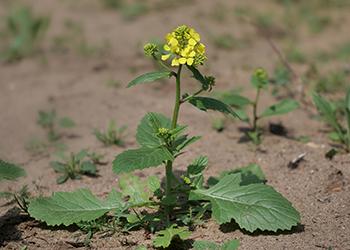
Wild mustard
Wild mustard (Sinapis arvensis) has an oval-shaped leaves that alternate and yellow flowers that form in clusters on top of the plant. Wild mustard can be used as an herb to spice up oils and vinegars and to add flavor to eggs or potatoes.
Wild mustard grows in hardiness zones 6-11.
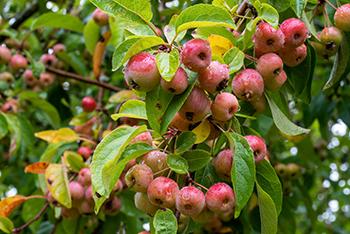
Crab apples
Crab apples (Malus sylvestris) look like cherries sprouting from their trees because they’re very small.
They can be used in desserts, jams and can treat things like gout and indigestion. Crab apples grow in hardiness zones 4-7.
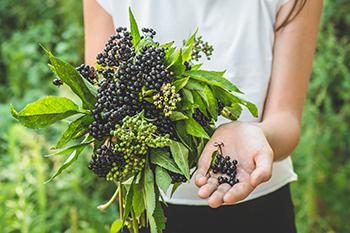
Elderberry
Elderberry (Sambucus) is a deep purple berry that grows in clusters. While elderberries are easily identifiable they can be hard to spot in overgrown areas.
In folk medicine, dried elderberries are used to treat ailments like infections and pain. They also are used in deserts. Elderberry grows in hardiness zones 3-7.
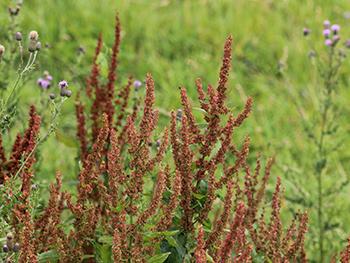
Sheep sorrel
Sheep sorrel (Rumex acetosella) the stems are upright, branched at top, slender and reddish in color. The arrow-shaped leaves are simple.
There are many uses of medicine for multiple ailments, and the Romans used it to make lollipops with sorrel. Sheep sorrel grows in hardiness zones 3-9.
Rosehips
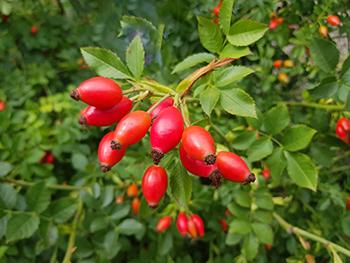 Rosehips (Rugosa Rose) are red to orange in color, oblong or round in shape, often with small wisps of “hair” protruding from the bottom of the rose hip. You can make great jellies, sauces, syrups, soups and seasoning, and even fruit leather with these. Rosehips grow in hardiness zones 3-11.
Rosehips (Rugosa Rose) are red to orange in color, oblong or round in shape, often with small wisps of “hair” protruding from the bottom of the rose hip. You can make great jellies, sauces, syrups, soups and seasoning, and even fruit leather with these. Rosehips grow in hardiness zones 3-11.
While all of these are located in America, we don’t want to leave our overseas readers out of the loop. Countries like Canada and Australia are also abundant with delicious plants.
Canada’s weather aligns more with the United States and many of the plants above can grow in Canada’s ecosystem. Canadians can use the hardiness zones to apply to their regions.
Here’s a short list of foragable plants you can find in the Canadian summer month of August.
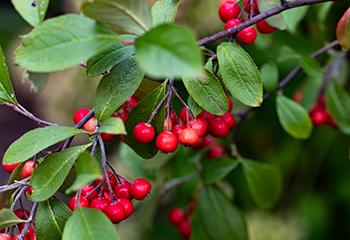
Chokeberry
Chokeberry (Aronia) leaves come to a point with a serrated edge, and they’ll often be turning a rich red color as the berries ripen.
These berries can be used in any dish, from jam to pie. The Lakota tribe uses them to make Wojapi. Chokeberry grows in hardiness zones 3-8.
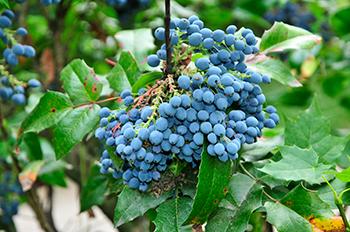
Oregon Grape
Oregon Grape (Mahonia aquifolium) looks like juniper berries stuck to a holly bush.
They have been used traditionally as medicine, though you can cook with them as well.
Oregon Grape grows in hardiness zones 5-9.
Wild Rice
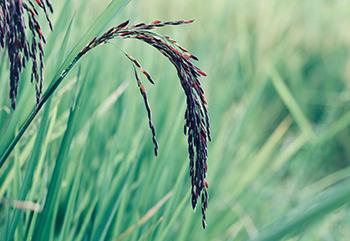 Wild Rice (Zizania palustris) generally grows in calm, clear water, in soft mucky lake or stream bottom; grains are yellow or red and appear at the tip of the stalk.
Wild Rice (Zizania palustris) generally grows in calm, clear water, in soft mucky lake or stream bottom; grains are yellow or red and appear at the tip of the stalk.
Wild rice is a popular food that can be used in multiple dishes and is a powerful antioxidant.
Wild rice grows in hardiness zone 1-4 but can grow in warmer climates but are smaller when mature.
Australia lies in Plant Hardiness Zones 7 through 12 with some variations across regions and seasons. The caveat with foraging in Australia is it is completely illegal without a permit. Without the 104$ permit, you can be fined anywhere from 10,000 to 110,000 dollars depending on where you foraged. August is also winter for Australia so the foraging will not be at its peak for many plants.
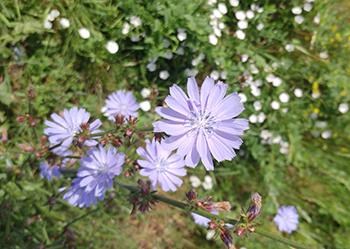
Wild Endive
Wild Endive (Cichorium pumilum) has tooth-shaped leaves and dainty flowers on the plants are blue to purple in shade.
This weed’s leaves are a delicious add-in to your salad and is a great diuretic. They grow in hardiness zones 6-9.
Trad
Trad (Tradescantia fluminensis) has parallel vein leaves that are glossy green or purple-hued with white flowers. The plant’s leaves and young shoots can be eaten raw or cooked.
The leaves are used in a salad like spinach, The tender shoots are cooked as a vegetable. zone 10-11
Mallow
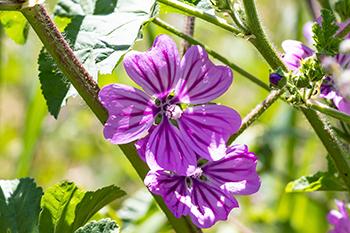
Mallow (Malava Neglecta) leaves are alternate, on long petioles, circular to kidney-shaped, and toothed.
Mallow is used to treating wounds and coughs.
The leaves can be cooked and eaten like spinach. Mallow grows in hardiness zones 3-8.
Add these interesting foragables to your next school lunch box. Teach your family and friends about the wonders of wandering outside of the grocery store to fill your fridge.
Comment below your favorite forages for August and subscribe to our email list to keep up with next month’s foraging guide.
You may also like:
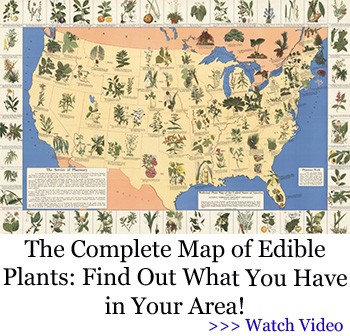 10 Berries You Should Look For In The Woods
10 Berries You Should Look For In The Woods
The Hidden Food Growing Fence (Video)
This Once-Banned Berry Helps People With Diabetes

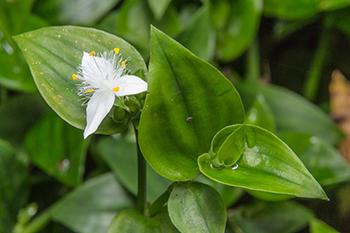
Thanks for including the hardiness zones & countries!
Where would I find a zone map? Also I am handicapped and cannot walk around.
https://planthardiness.ars.usda.gov
Michigan’s Upper Peninsula is a mostly forested rural land where many rich opportunities for foraging exist, but your foraging map does not indicate anything there; does the text explain that its Zone 4 and rich in the plants around the margin?
Also, your article about gooseberries does not identify the particular kind being described and fails to distinguish prickly gooseberries which abound in Zone 4 woods and seem impossible to harvest and eat. Maybe you could explain how to use these?
Gooseberries made delicious jams, jellies, and pies. My grandmother had 2 bushes in her yard, and I would often find my son sitting under them munching away when he was a little guy. Very good for you.
Canada loves your content!
West coast, b.c interior.
Hi Nicole. I was wondering if our NW hazel nut trees have the same properties as witch hazel from the east coast. They look identical. Thank you for all the information, Love your books!
I recently moved to the desert and none of these plants grow here 🙁 I can’t even find dandelions anymore. I’m trying to figure out what to do with cactus fruit. Please make an article about foraging options in the Sonoran Desert.
It’s not a direct answer to your question but worth looking at. https://www.youtube.com/watch?v=xg_YzAdjU_U Shade as a Drylands Strategy
How can I get a hold of the zone map
Hello, Nicole! I enjoy your books and newsletters; however, is could you devise something targeted to the deep southeast? I live in north-central Florida and so much of the information I read isn’t viable here; it seems to apply to the more northern states.
I would appreciate anything you may be able to do, and I realize this is nothing that can be accomplished overnight.
Thank you for your expertise and valuable information.
You are truly an inspiration & we are grateful for you.
how do i get to my books